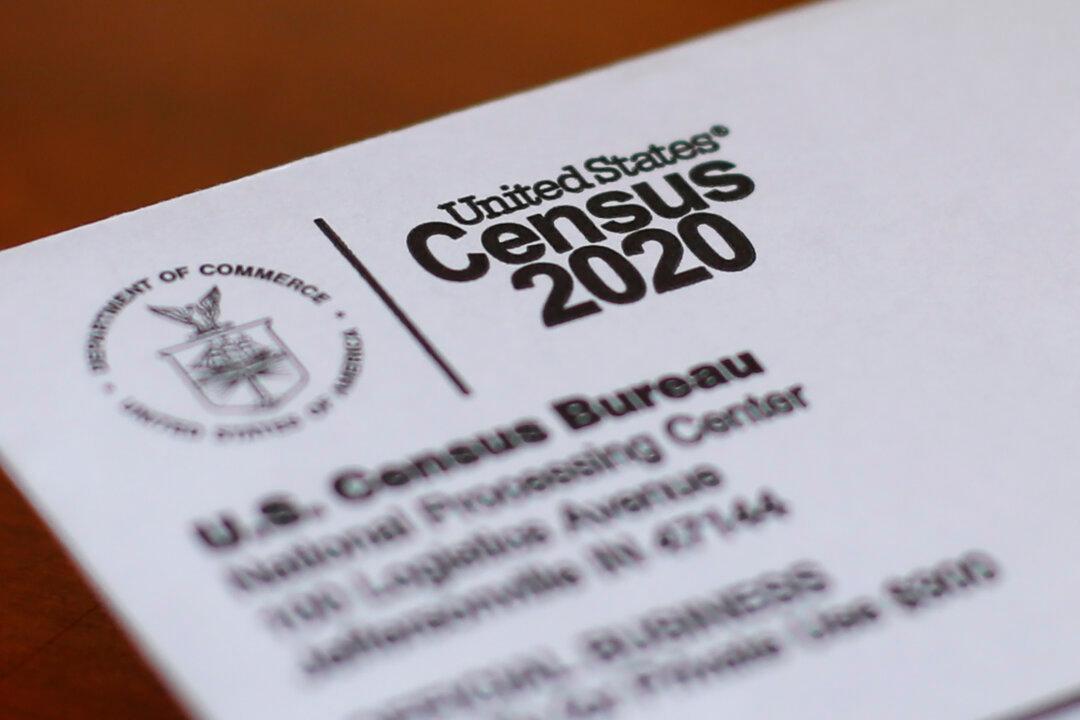
This April 5, 2020, photo shows an envelope containing a 2020 census letter mailed to a U.S. resident in Detroit. Paul Sancya/File via AP
The 2020 Census may have missed more than a million people, according to a new study by the Urban Institute.
The report (
pdf) revealed the undercount was “not as severe as expected,” but those who were missed could have an important impact on the nation.





